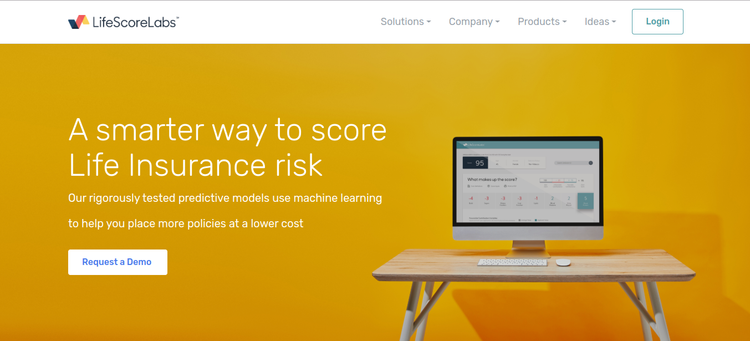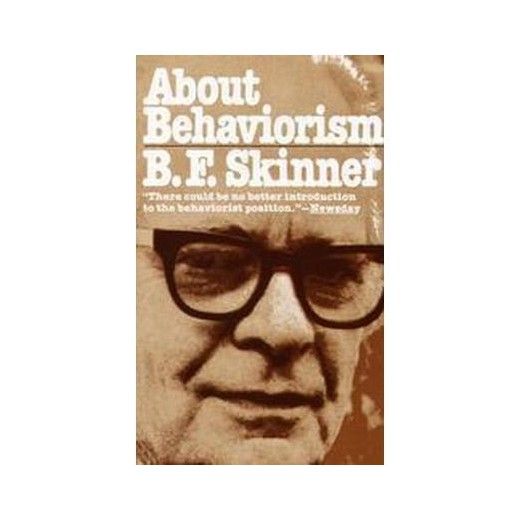Mysteries of the (inverted) pyramid
Before there was a Web, there was a news company that mastered the art of writing for a screen rather than a printed page.
Customers of Bloomberg News consume stories on a Bloomberg terminal, a sort of souped-up, proprietary, multi-screen PC. Those customers pay an extraordinary amount of money for the terminals. And Bloomberg is able to justify the cost by providing extremely valuable information in a format that users can consume quickly.
Nearly every Bloomberg story adheres to a template in the first four paragraphs. The so-called four-graf lede -- theme (a what/why opening paragraph), authority (a quote to back up the lede), details (facts and data that support the lede) and what's at stake (the Bloomberg version of the nut graph, which emphasizes the importance of a story using numbers and money) -- is instantly recognizable to close readers of business news.
Sometimes the order of the paragraphs changes. But seldom does a story drift far from the template.
You can read a little about the system here. Or you can take a look at a four-graf lede here.
Sometimes, when I teach a workshop on writing for the Web, I make a point of having folks learn the four-graf lede. I did that just last month at the College Media Advisers convention. (You can read a little about that workshop here -- and check out a photo of me acting like an obnoxious editor as I read over the shoulder of a reporter.)
But the truth is that as much as I like the Bloomberg style, it's not exactly perfect for the Web. The Bloomberg four-graph lede is linear and bland. It fails to take advantage of the nonlinear, personal style of the Web. More importantly, the four-graph lede is aimed, at least in part, at winning the approval of newspaper editors. So it adheres to the conventions of print writing.
A few days ago DigiDave wrote a post on his blog about "Re-thinking the Inverted Pyramid and Other Artifacts of Newsroom Culture." That's a valid exercise. And one that I find myself doing quite a bit of late. As I spend more and more time helping clients change their workflow to a Web-first model, I find myself returning again and again to the core assumptions about what a news story looks like.
And when I question those assumptions, and look for a better, Web-first structure for news, I find myself returning again and again to the concept, if not the execution, of the Bloomberg four-graph lede.
So here are my suggestions for how a Web-first publisher should structure stories:
1. Create a template for your publication and stick to it.
The Bloomberg four-graph lede works well on several levels. First, it's fast (by removing the need to think about story structure, it's possible to spend more time on reporting than on writing.) Second, it's recognizable as part of the Bloomberg brand.
Smart editors and publishers should create a story structure for their publications that won't commoditize news but will allow reporters to churn out copy at wire-service speed. These templates, unlike the inverted pyramid, will vary from publisher to publisher.
2. Resist the urge to tell readers everything.
Much of what needs to be told in a story can be told through links. Cut back on background grafs. When there's something to say that's already been said, link to it. Don't rewrite it.
3. Consider the likelihood that the story will be read on a cell phone or PDA. Format accordingly. And for god's sake, keep it short -- 800 words max.
There is, of course, more to Web-first publishing than writing (or photos, video, sound, etc.) In the next few days I'll publish my thoughts on copy flow, story management and the role of editing.
For an earlier post about the Bloomberg terminal, click here.
tags: journalism, b2b, media, trade press, magazines, newsletters, business media, web-first publishing




